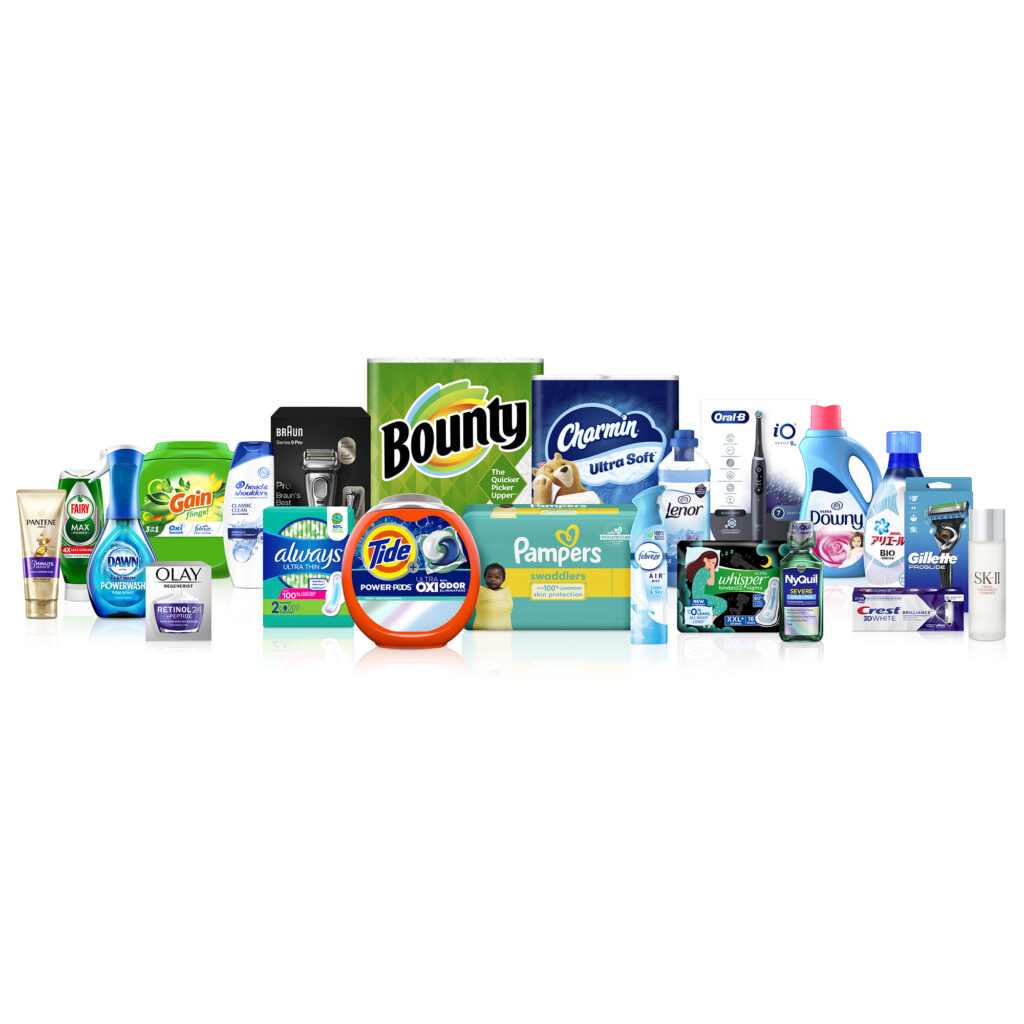Procter & Gamble (PG) surprised investors by reporting its second consecutive quarterly sales drop in 2024. U.S. consumers are increasingly turning to cheaper alternatives, and the Chinese market, a significant revenue driver, remains weak.
Despite challenges, the company aims to regain momentum through product innovations. P&G, known for household staples like Tide and Pampers, reported a 0.6% decline in first-quarter net sales, falling short of analyst expectations.
With U.S. market uncertainty and consumer shifts, the company faces intense competition, especially from private-label brands offering lower prices. Economic factors, including inflation, are making U.S. consumers more price-conscious, with some turning away from P&G’s premium brands.
The U.S. accounts for nearly half of P&G’s sales, but growth has slowed, with first-quarter organic sales rising by only 4% compared to 7% a year earlier.
P&G’s CFO Andre Schulten assured investors that there were “no indications that the consumer is not with us,” though pricing strategies failed to drive expected sales growth.
P&G’s international markets, particularly China, presented bigger challenges. A prolonged property crisis and rising unemployment have dampened consumer demand, causing organic sales in China to drop 15%. The beauty segment, specifically the SK-II brand, was hit hard by anti-Japanese sentiment, further hurting sales.
P&G’s difficulties highlight broader market challenges, including inflationary pressures and shifts in consumer sentiment. For investors, the company’s performance is critical because P&G is often seen as a bellwether for consumer habits. The company’s reliance on price hikes has lost momentum in the face of rising competition and economic strain.
Check this out: Trump Media Rises 57% Amid Election Hopes and Musk’s Funding

P&G Bets on New Products as Global Headwinds Impact Growth
P&G’s difficulties highlight broader market challenges, including inflationary pressures and shifts in consumer sentiment. For investors, the company’s performance is critical because P&G is often seen as a bellwether for consumer habits.
The company’s reliance on price hikes has lost momentum in the face of rising competition and economic strain. In China, the downturn is expected to last several quarters, with new product launches being key to maintaining growth.
The company is betting on innovations such as Tide Evo, an eco-friendly laundry detergent, and new beauty products to rejuvenate its struggling segments. However, with global headwinds such as the conflict in the Middle East and boycotts of U.S. brands, P&G’s outlook remains uncertain.
Investors Eye P&G’s Next Moves as Economic Uncertainty Lingers in U.S. and China
P&G is navigating challenging times, with consumer behavior shifting under the weight of inflation and economic pressures. As global markets remain volatile, the company’s strategy of product innovation will be crucial to restoring growth.
Investors should closely monitor P&G’s next moves, particularly in the U.S. and China, where economic uncertainties persist.
Additionally, the company’s forecast for organic sales growth of 3% to 5% and core earnings per share of $6.91 to $7.05 remains unchanged.
However, given the current economic landscape, future performance could be affected by external factors such as geopolitical tensions and continued consumer price sensitivity.
Read also: U.S. Deficit Swells to $1.8 Trillion Amid Rising Debt Costs and CEL-SCI’s Multikine Shows 82.6% Survival, Sparking FDA Buzz.












